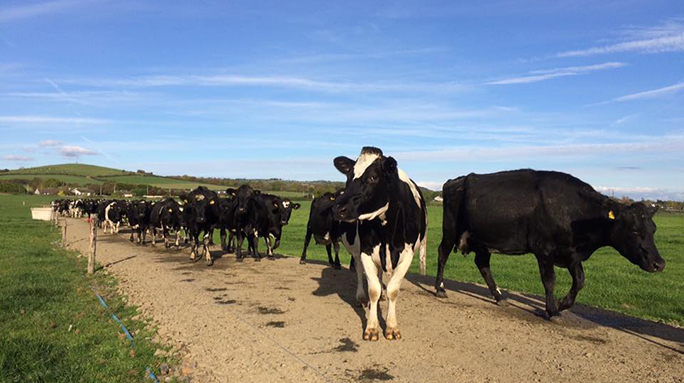Global Dairy Prices – A Market Insight

It is estimated that global milk production for the top milk producing regions in 2019 will increase modestly by +1%. This is backed by expected 1% increase in EU, 1-1.2% increase in US with a decline in Australia (due to weather events) offset by a steady milk outlook for New Zealand.
According to the EU Commission, given the sustained demand for EU dairy products, milk collections could grow by 0.9- 1% in the EU in 2019. Global demand has been a little in line with production at +1%, but a variety of factors will continue to influence demand in 2019.
EU cheese markets hold steady
EU curd and UK cheddar markets are firm but continued uncertainty related to Brexit has seen UK warehouses full of stock to avoid any post-Brexit risks. EU export in 2018 was down -2%, with the most notable decrease to the US, which was down -5%.
EU butter demand is quiet in anticipation of Brexit outcome, spring flush and consumer sentiment
Butter demand has been dampened by food manufacturers re-engineering their products to remove butter. The extreme
Volatility in the market in 2018 caused nervousness. Consumers continue to have a preference for butter, but have been affected by high process. All of this has slowed the growth
In dairy fat demand. On the international market, Japan announced plans to import 7,000 tonnes more butter to meet domestic demand from food processors, as the country gradually recovers from September 2018 earthquake. This comes as good news for the European producers following the recent EU/Japan trade agreement.
Minimum stocks left in intervention
There has been 380,000MT sold out of intervention and only minimal stock left in storage. Demand for SMP is more in line with supplies as the EU intervention stocks reduce. Under this scenario, we’d expect SMP prices to continue to recover from the lows they’ve been at over recent years. On average, prices are up for all products in early 2019 and particularly for milk powders and whey derivatives.
Global dairy market outlook
There are a number of conflicting dynamics playing out in the dairy markets at the moment. The key to which direction the markets move will be decided by the relative strength of each factor:
- Geopolitical factors including Brexit, international trade and tariff disputes driven by the Trump Administration and concerns over the global economic growth are all worrying economic and trade commentators.
- The global growth forecast for 2019 and 2020 had already been revised downward in the last World Economic Outlook in October 2018 to +3.5% in 2019 and +3.6% in 2020. This is partly because of the negative effects of tariff increases enacted between the United States and China.
- EU and Australian milk production have both been impacted by the weather and depleted feed stocks, while tight margins have slowed the growth in US production. Although New Zealand is showing strong growth, overall milk production from the key exporting regions is likely to rise only modestly through 2019.
- Chinese imports of dairy products have historically been closely aligned to their GDP growth, and imports in 2018 were closely aligned. While GDP growth has slowed, lack of domestic production and low stocks mean import demand from China is expected to continue to grow in 2019.
First Published 19 March 2019
